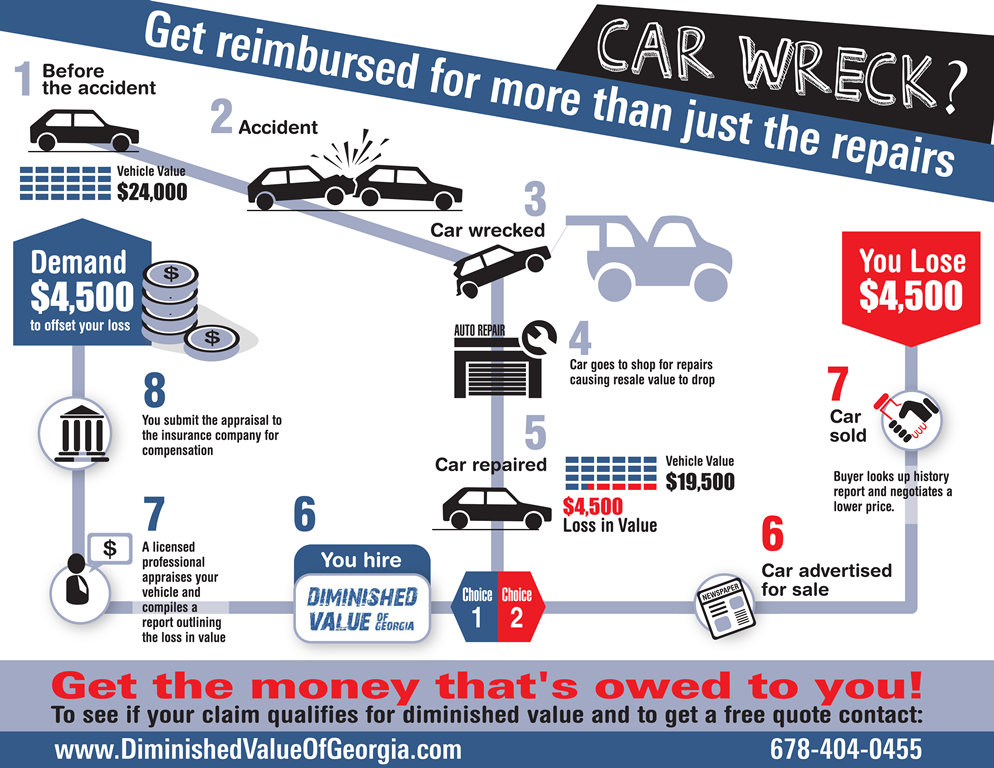Seeking Quality On The Caution Lights Showed On Your Auto'S Control Panel? Discover How They Associate With Your Vehicle'S Health And Wellness
Seeking Quality On The Caution Lights Showed On Your Auto'S Control Panel? Discover How They Associate With Your Vehicle'S Health And Wellness
Blog Article
Written By-Lauritsen Torres
When you lag the wheel, those glowing warning lights on your control panel can be a bit bewildering. Do you know what they're trying to tell you concerning your vehicle's wellness? Recognizing the significance of these lights is vital for your safety and the durability of your vehicle. So, the next time among those lights pops up, wouldn't you intend to decode its message properly and take the essential steps to address it?
Common Caution Lighting and Interpretations
Determine typical warning lights in your auto and comprehend their significances to make certain secure driving.
One of the most regular warning lights consist of the check engine light, which signifies issues with the engine or emissions system. If this light comes on, it's essential to have your lorry checked promptly.
marine wash alerting light shows reduced oil stress, calling for immediate attention to prevent engine damages.
A blinking battery light could recommend a defective charging system, possibly leaving you stranded otherwise dealt with.
The tire pressure monitoring system (TPMS) light notifies you to reduced tire stress, affecting vehicle security and fuel effectiveness. Ignoring this can result in risky driving problems.
The abdominal muscle light indicates a problem with the anti-lock braking system, compromising your ability to quit promptly in emergencies.
Finally, the coolant temperature warning light warns of engine getting too hot, which can result in severe damage if not dealt with quickly.
Recognizing vehicle detailers near me will certainly help you deal with issues promptly and maintain risk-free driving problems.
Relevance of Prompt Interest
Understanding the usual warning lights in your vehicle is just the primary step; the importance of quickly resolving these cautions can not be emphasized sufficient to guarantee your safety on the road.
When a warning light illuminates on your dashboard, it's your cars and truck's means of communicating a possible problem that requires interest. Ignoring these cautions can cause much more serious troubles down the road, jeopardizing your security and potentially costing you more in repairs.
Prompt attention to advising lights can prevent breakdowns and mishaps. For instance, a blinking check engine light could show a misfire that, if left neglected, can create damage to the catalytic converter. Addressing this promptly can conserve you from an expensive repair work.
In a similar way, a brake system warning light might indicate low brake liquid or used brake pads, vital elements for your safety when driving.
Do It Yourself Troubleshooting Tips
If you see a caution light on your control panel, there are a couple of do it yourself fixing ideas you can try before seeking specialist aid.
The first step is to consult your auto's manual to comprehend what the particular caution light suggests. In some cases the issue can be as simple as a loose gas cap causing the check engine light. Tightening the gas cap may deal with the trouble.
An additional usual concern is a low battery, which can cause various cautioning lights. Examining the battery connections for deterioration and ensuring they're secure might deal with the problem.
If a caution light lingers, you can attempt resetting it by detaching the car's battery for a few minutes and after that reconnecting it. In addition, inspecting your automobile's fluid levels, such as oil, coolant, and brake liquid, can help repair cautioning lights connected to these systems.
Conclusion
In conclusion, understanding your car's warning lights is essential for maintaining your car running smoothly and safely. By quickly addressing these notifies and recognizing what they suggest, you can stay clear of pricey repair work and possible malfunctions.
Remember to consult your vehicle's handbook for particular information on each cautioning light and act as necessary to ensure a trouble-free driving experience.
Remain educated, stay risk-free when driving!
